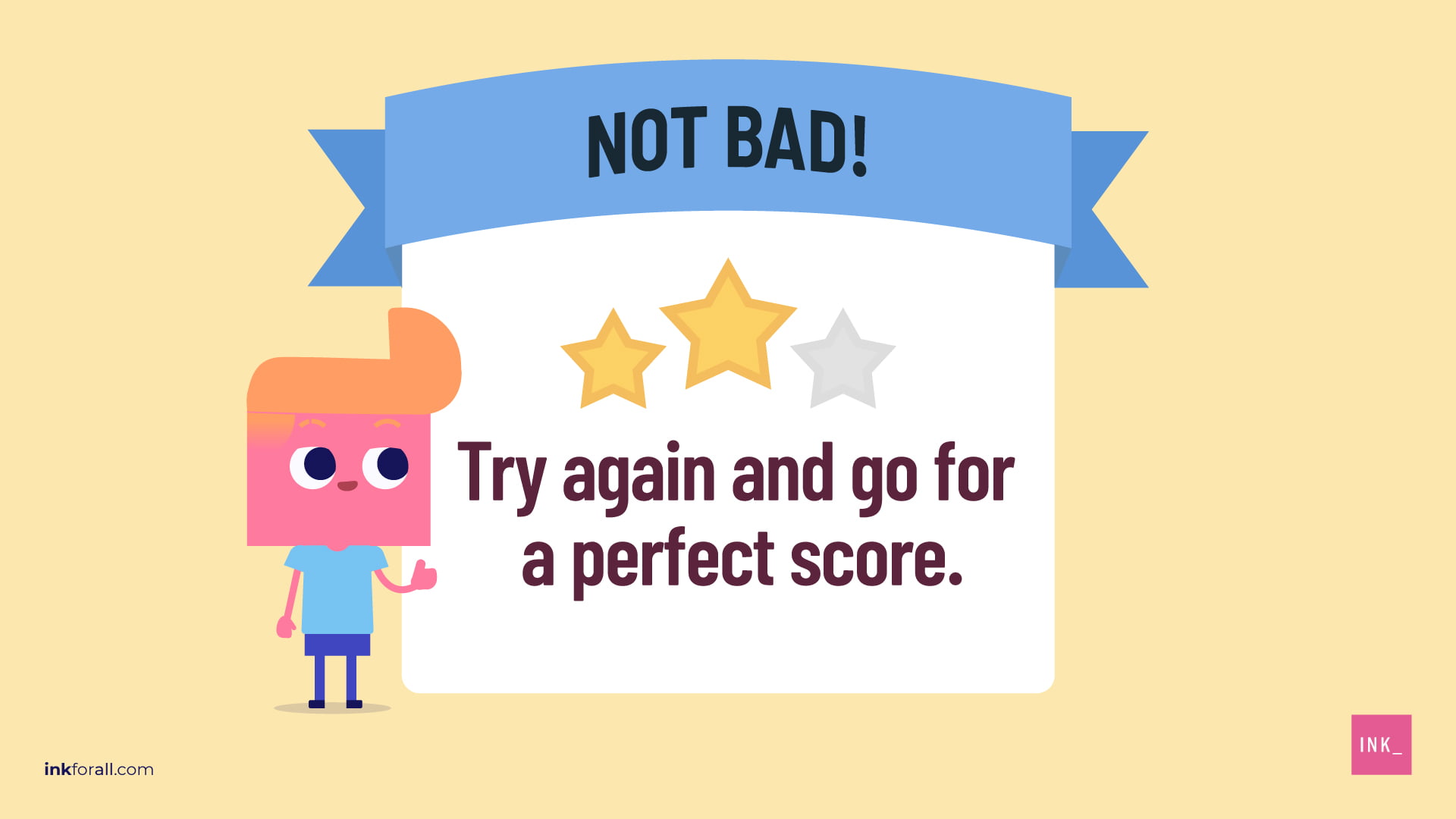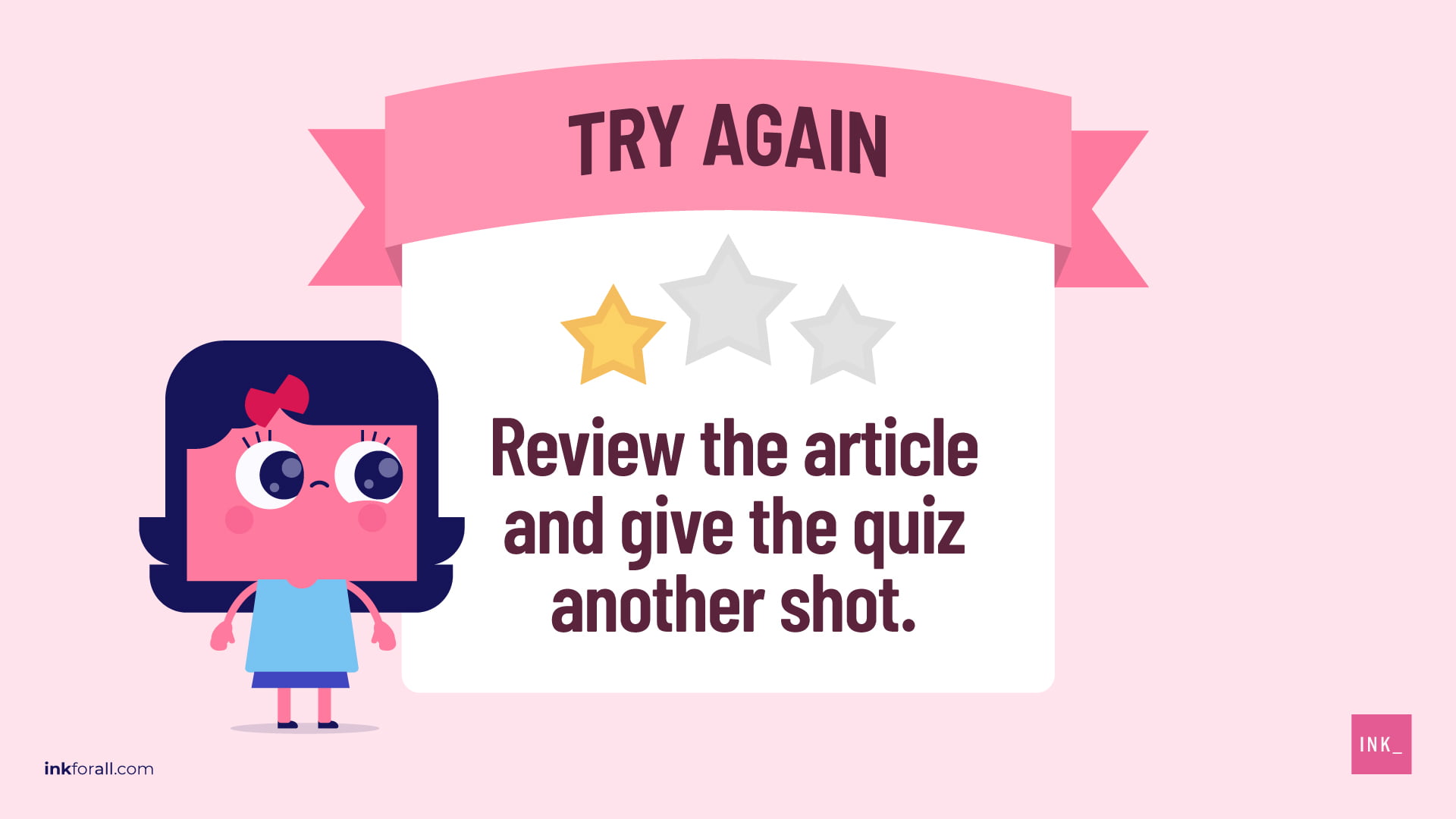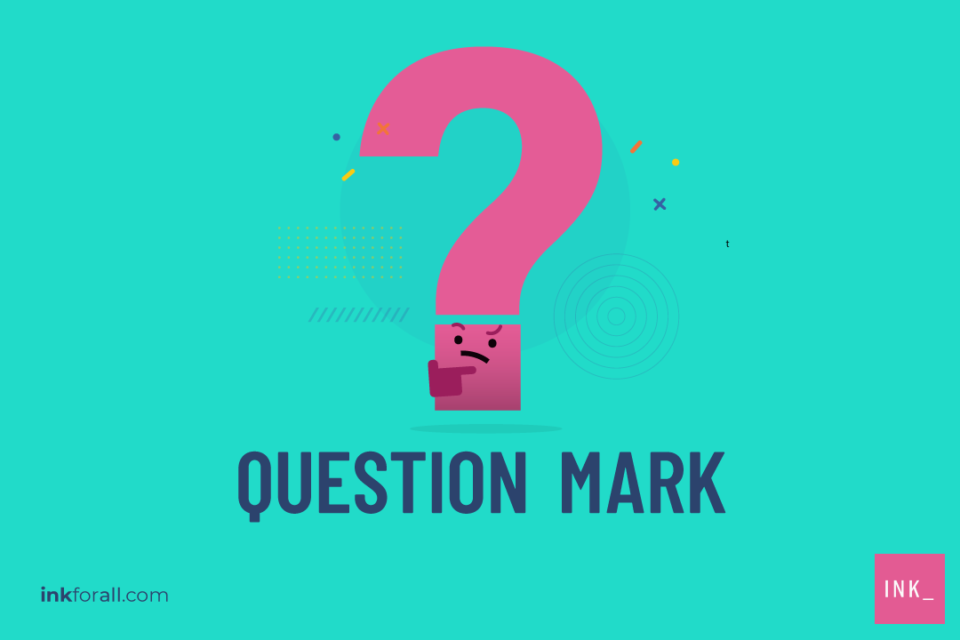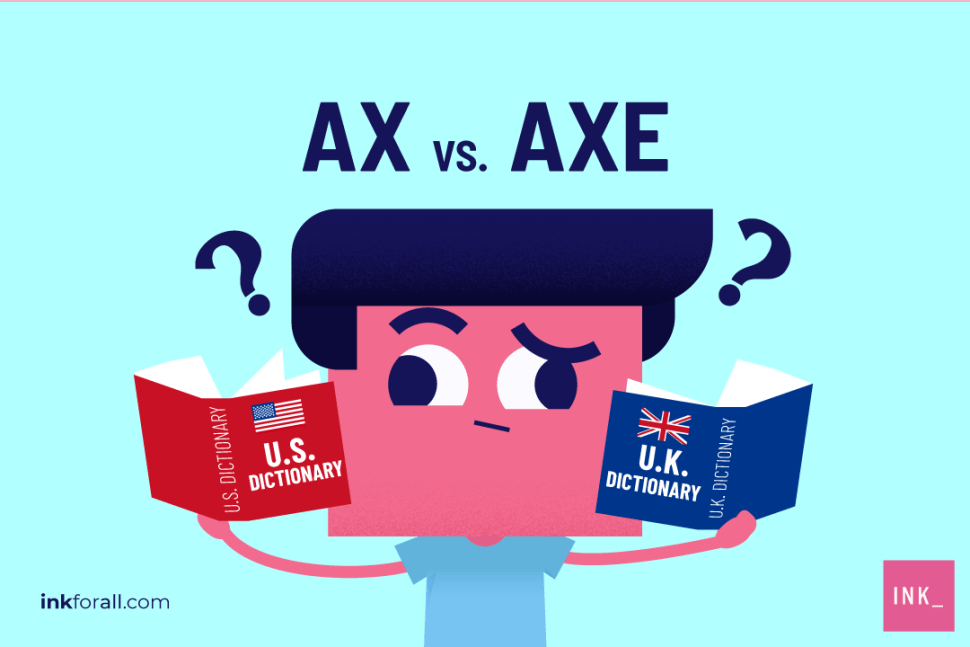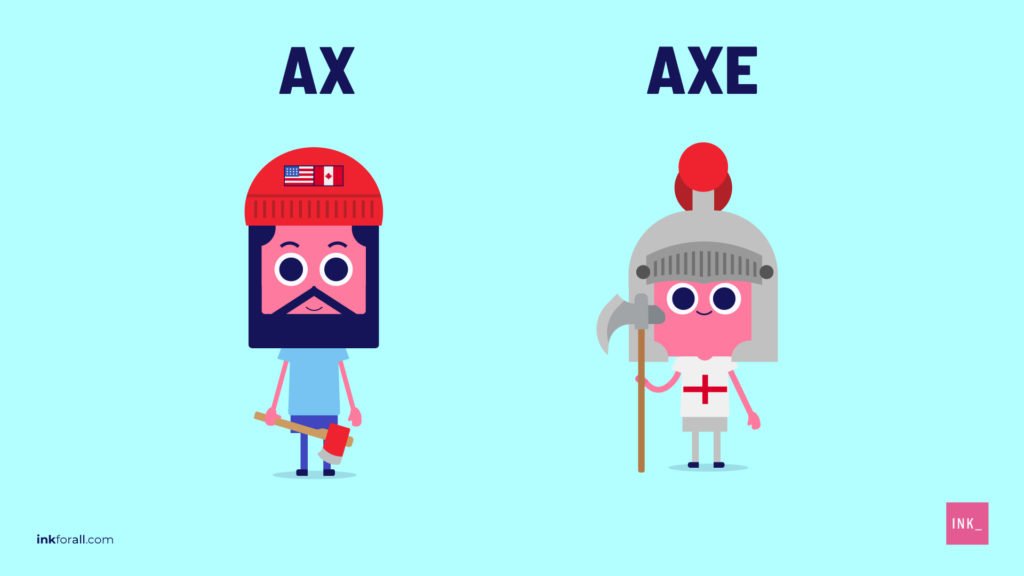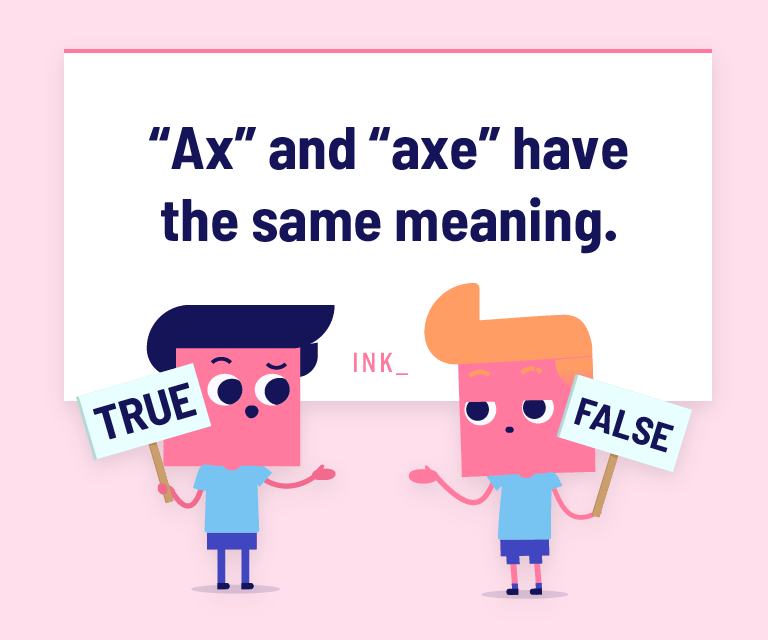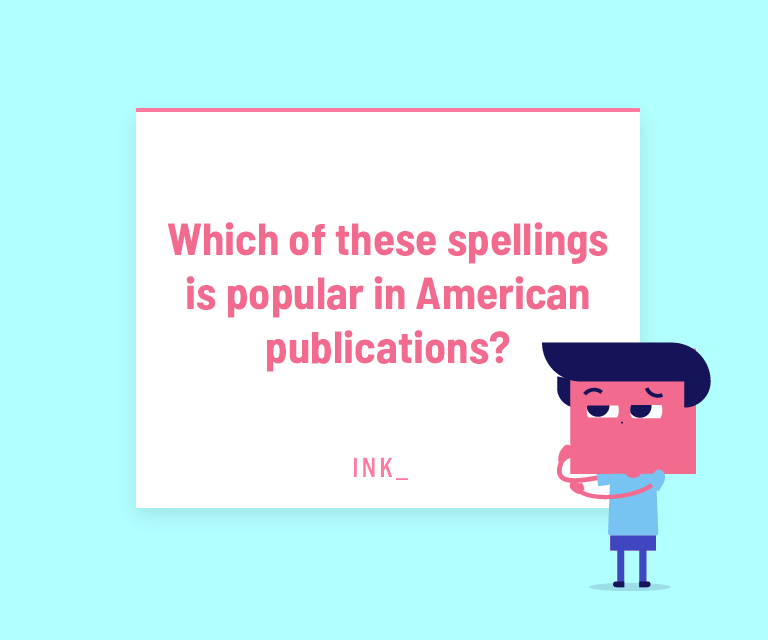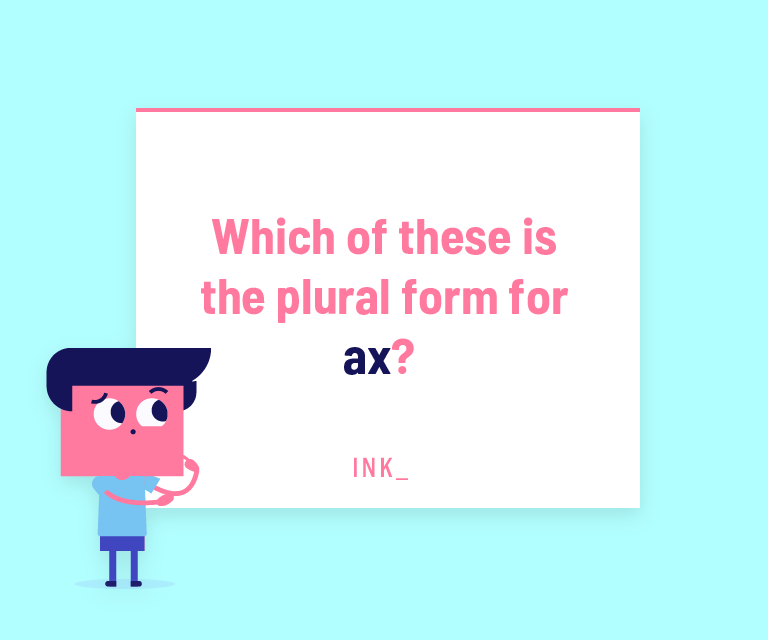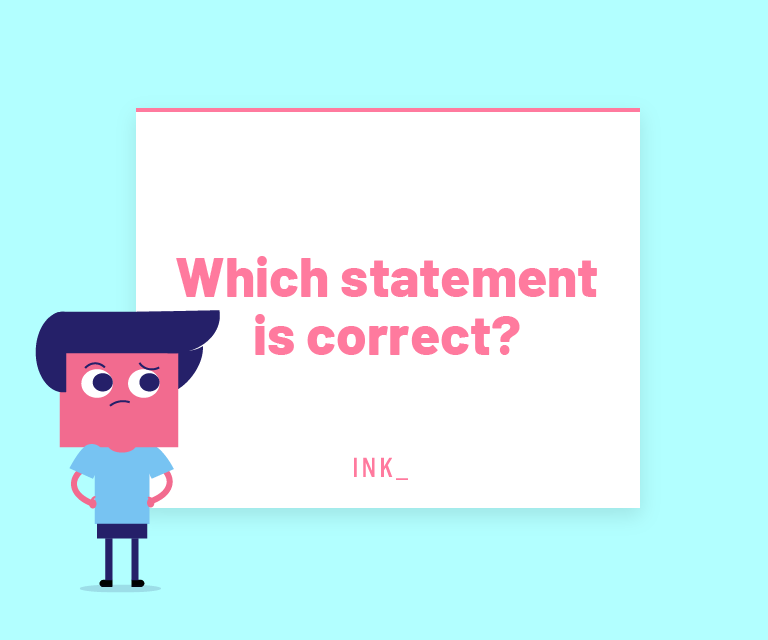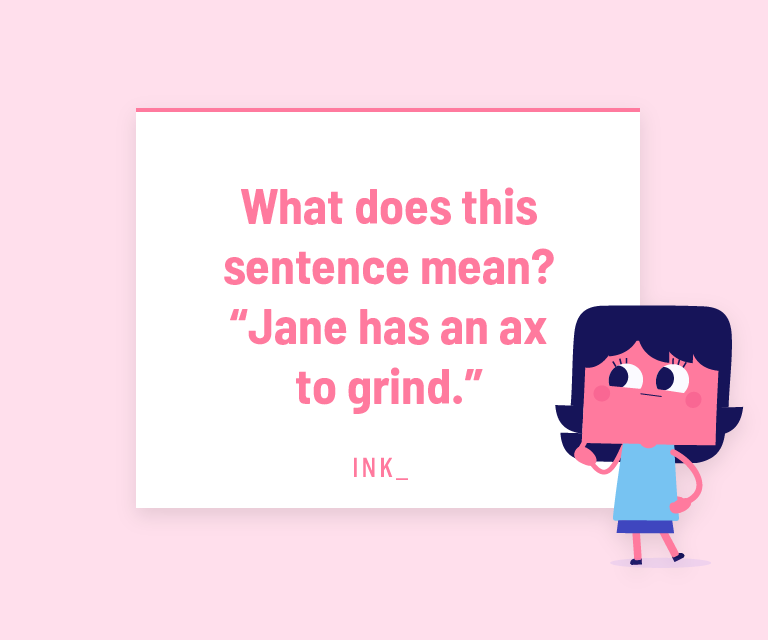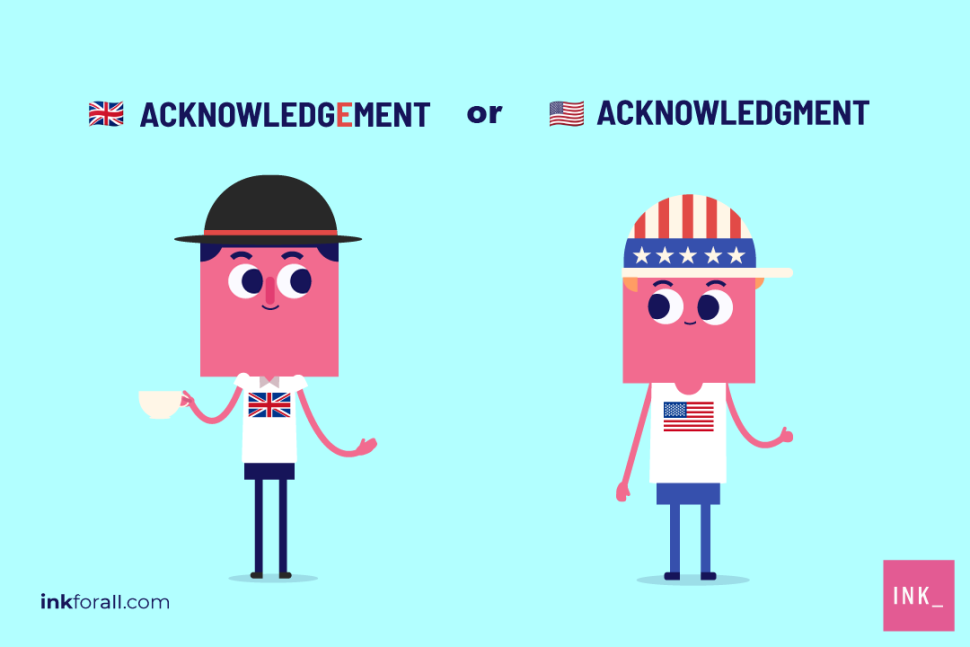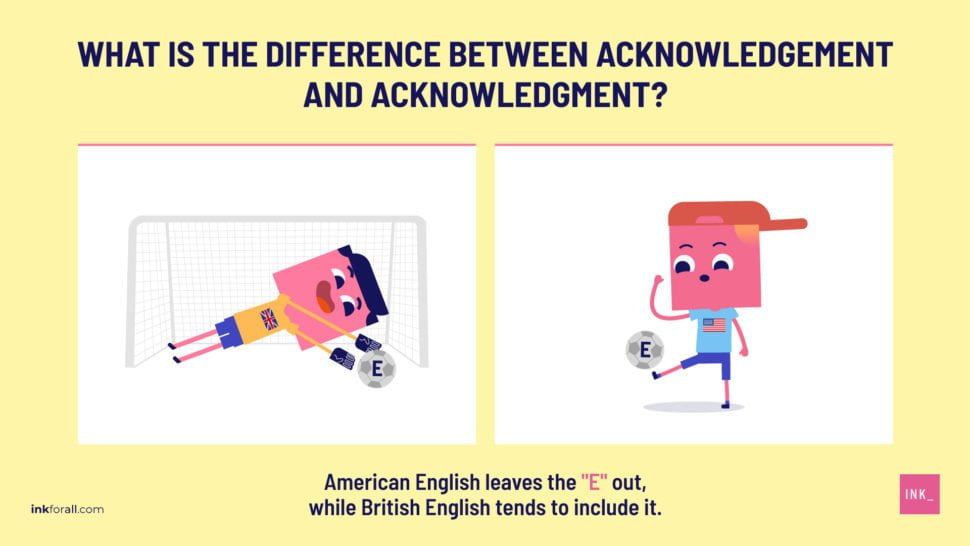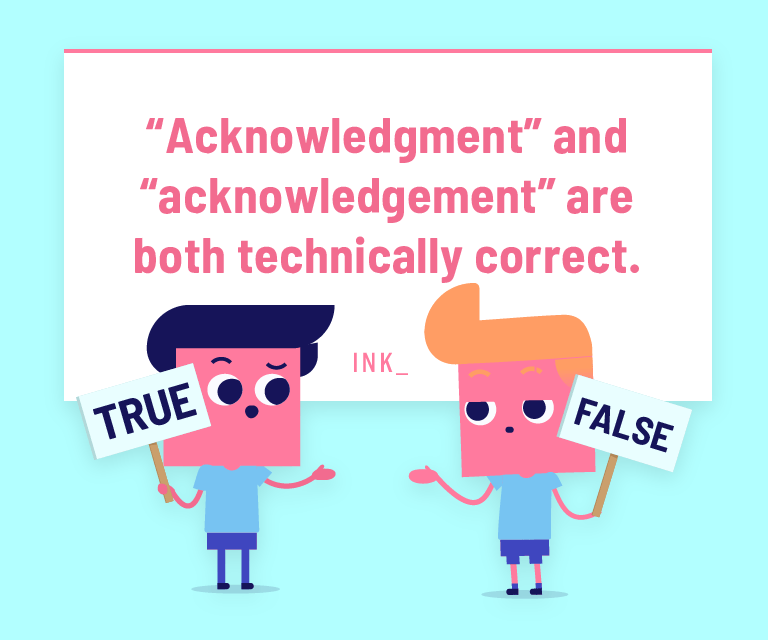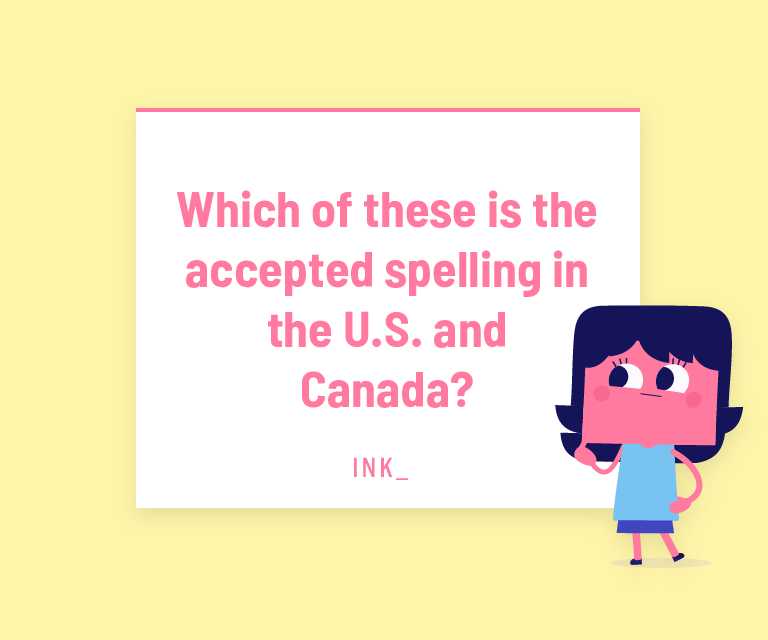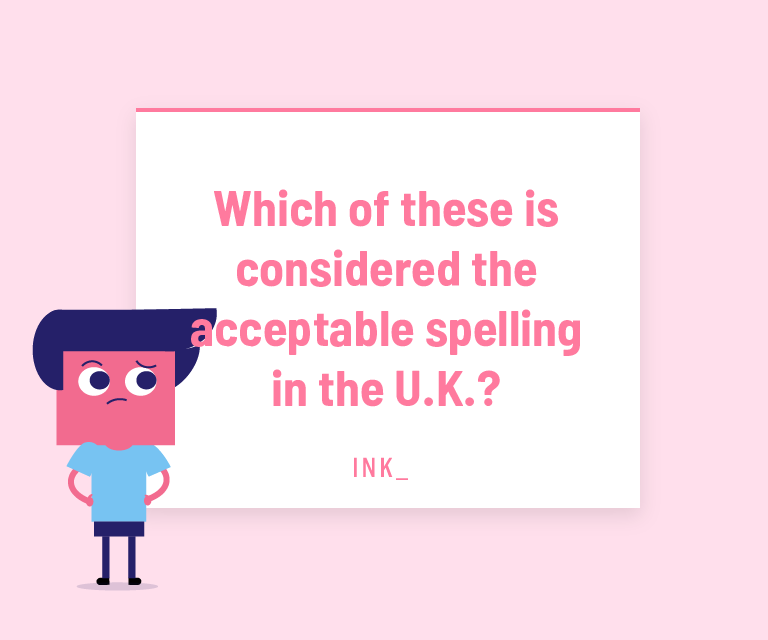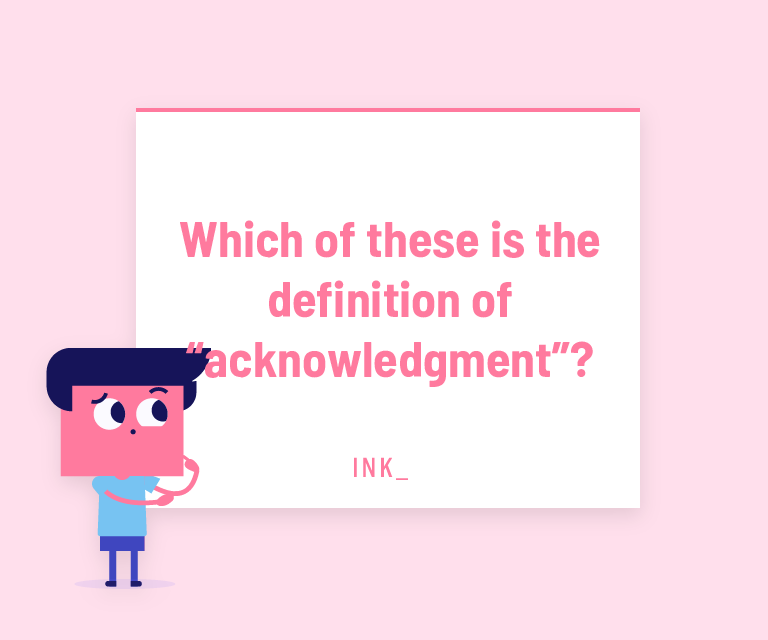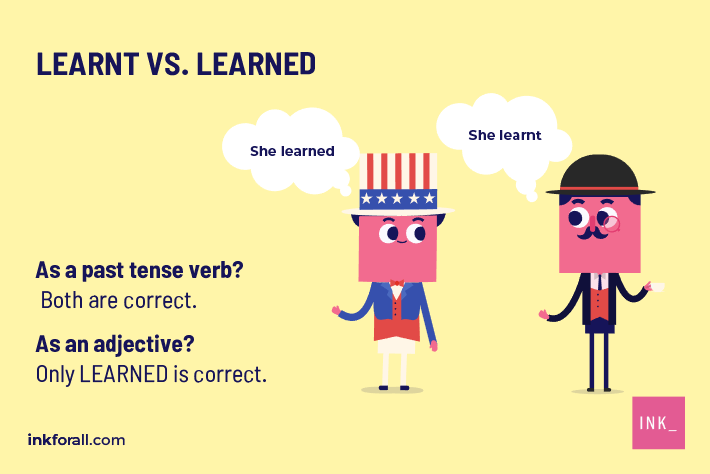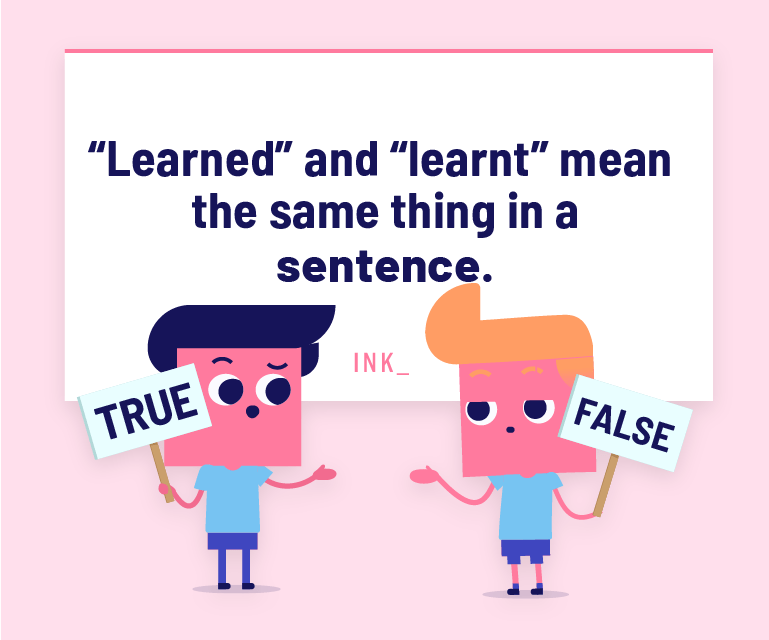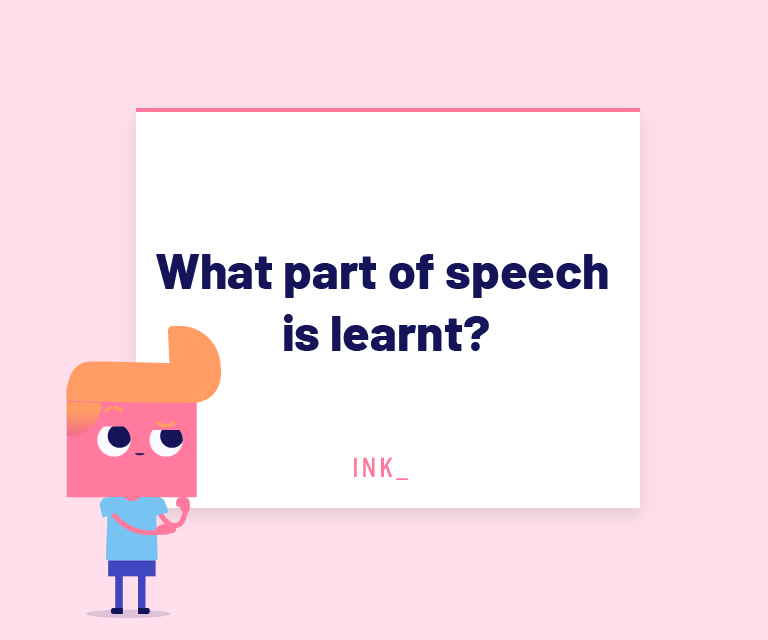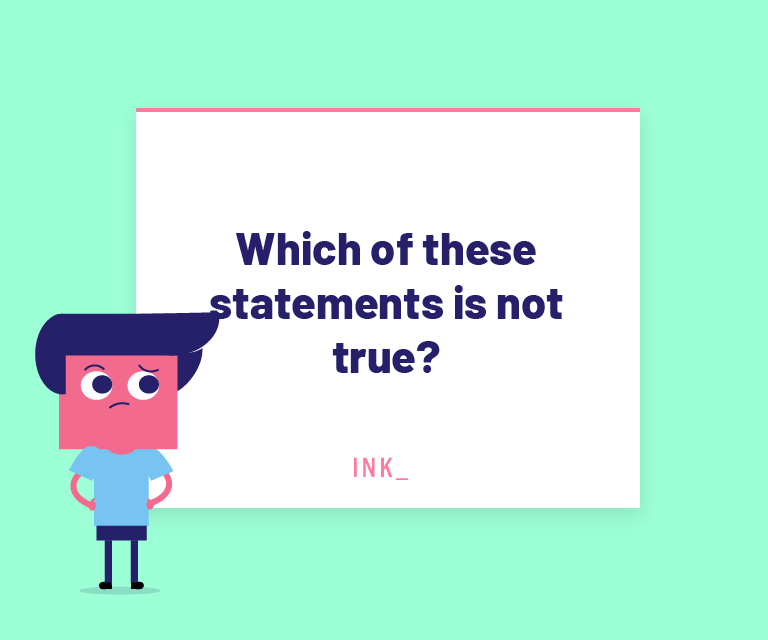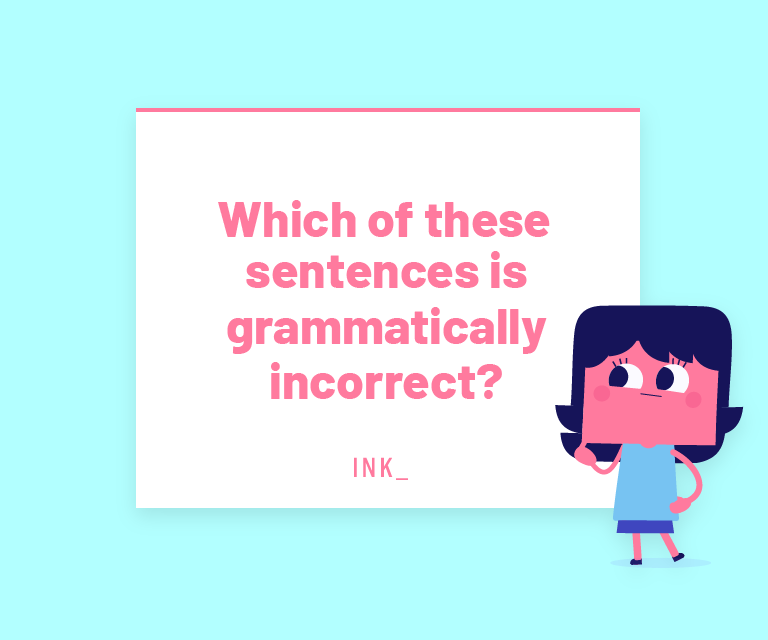Question marks express doubt or let you know that something needs an answer. This brief grammar guide has everything you need use this curvy glyph correctly.
Main Question Mark Takeaways:
- Use Question marks to express doubt.
- A question mark usually shows that a sentence is a direct question.
- Indirect questions don’t always need a question mark.
- Question marks go at the end of simple sentences.
- When you need to use a question mark with other punctuation, remember that the rules for punctuating sentences with quotation marks and parentheses are similar.
- Informal writing styles combine question marks with other forms of punctuation to add meaning, clarity, and personality.
When you speak, your voice naturally rises in pitch at the end of a question. This is a signal to the person you’re talking with that you’re looking for an answer.
When it comes to the written word, punctuation helps accomplish the same signal. This is where the question mark comes in.
What is a Question?
A question is a type of sentence that expresses doubt. When you need more information or something is unclear, questions help get the response you need. Basically, a question is a way to format a sentence so you can acquire information or elicit a response. Questions are designed to get answers. Questions can be direct or indirect.
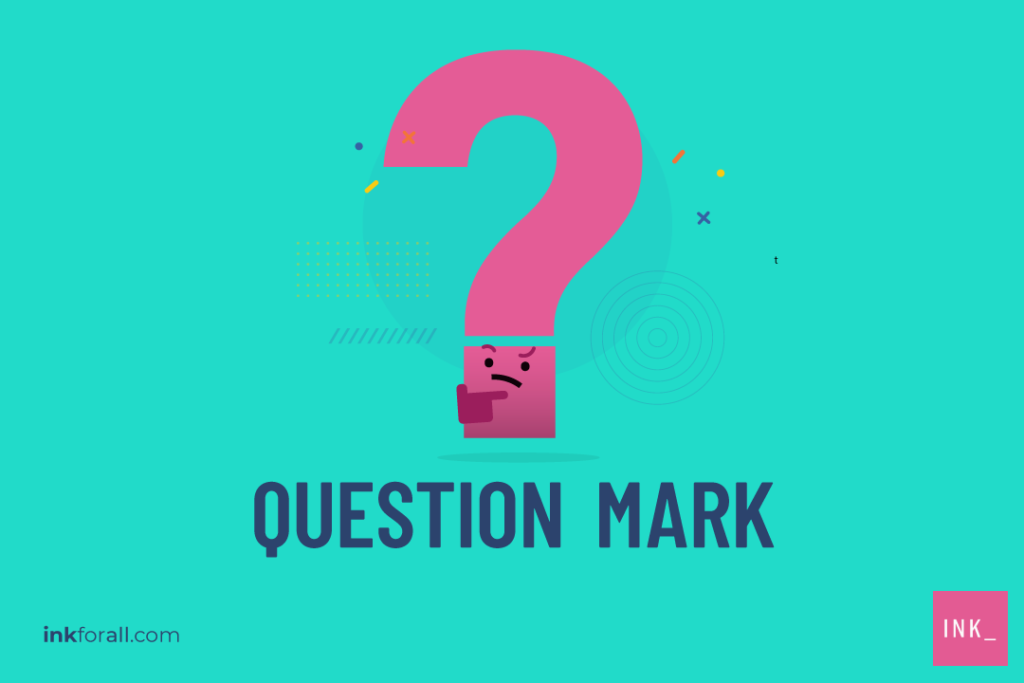

Direct Questions
A direct question is the most basic form of inquiry. It generally begins with an interrogative such as who, what, where, when, why, or how.
Then, it ends with a question tag. The goal of this type of question is to get a direct response.
Indirect Questions
An indirect question is a question that’s hidden inside a regular statement.
It may start with an indicator such as, “I was wondering…”
However, these can also hide inside a command or another question. Punctuation can vary depending on the type of sentence that contains the indirect question.
This example shows an indirect question embedded in a statement.
In this example, we show an indirect question embedded in another sentence.
This example shows an indirect question embedded in a command.
What is a Question Mark?
A question mark is one of 14 punctuation marks that bring clarity to written language. Its primary purpose is to show that a sentence is a direct question. It’s also known by its less familiar names such asquestion tag, question symbol, interrogation point, query, and eroteme.
Where Do You Put a Question Mark?
If you ask a direct question in the English language, the question mark goes at the end of the sentence. In this way, it replaces the period or exclamation point as the terminal punctuation. However, for more complex sentences that use additional punctuation, the query mark may be placed elsewhere. This is especially true for sentences that use quotation marks or parentheses when posing the question. In these cases, special rules may apply.
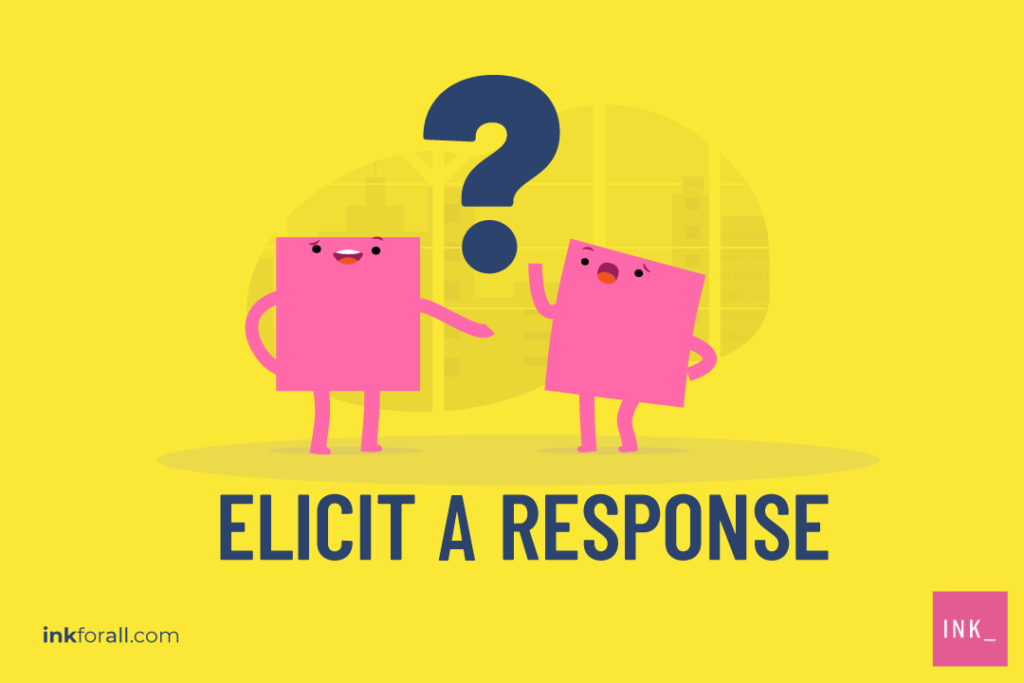

1. Sentences That Include Quotation Marks
If your sentence includes quotation marks, follow these simple rules to determine if the question mark goes inside or outside the quotes.
If the question tag relates to the words or phrases inside the quotation marks, it belongs inside the quotation marks.
It should be placed at the end if it relates to the entire sentence rather than what’s inside the quotes.
If the question mark applies to the words in the quotes and the entire sentence, use it just once, inside your quotation marks.
2. Sentences That Include Parentheses
When punctuating sentences with parentheses, the rules for using question marks are almost identical to the rules for using quotation marks.
If your query sits inside the parentheses, the question mark also belongs inside the parentheses. Since the question mark shows the phrase is a question, it’s logical that the phrase and the question mark need to stick together.
If the question mark applies to the entire sentence rather than what’s inside the parentheses, then it should be placed at the end.
3. Combining a Question Mark with Other Forms of Punctuation
The Interrobang
The interrobang is an exclamation point superimposed on a question symbol. It looks something like this:
‽
Although it’s finding a place in informal written language, the interrobang is still considered a nonstandard form of punctuation.
It’s designed to indicate an exclamation that takes the form of a question.
It can also be expressed by using a combination of question marks and exclamation points such as:
- !?
- ?!
- !?!
- ?!?.
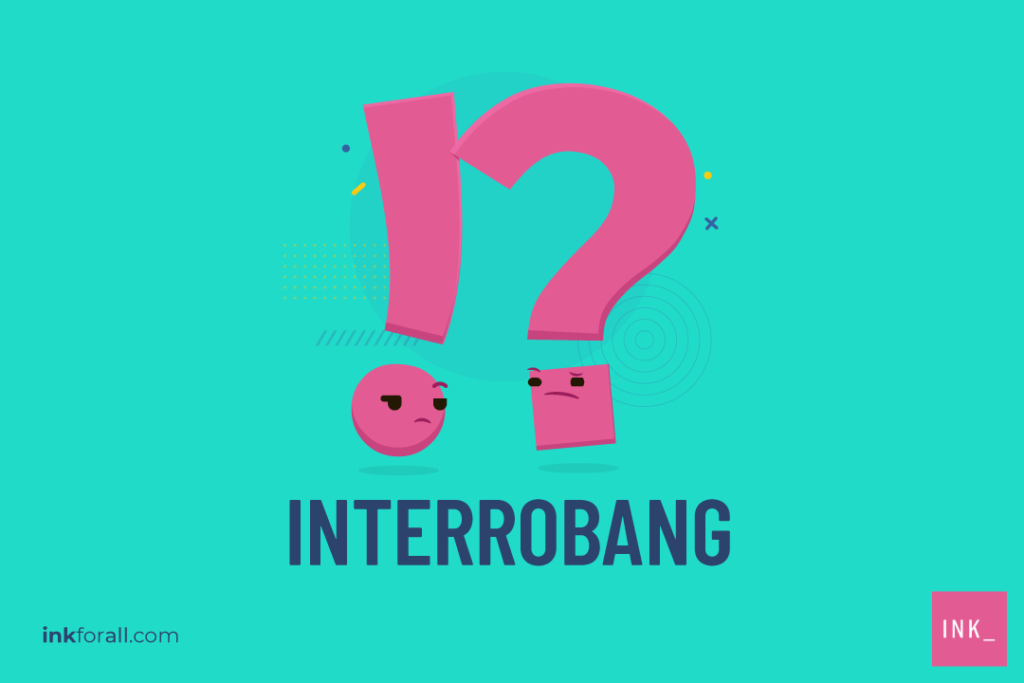

4. Multiple Question Marks
You can express urgency in your question by using multiple question marks at the end of your statement. It can also indicate sarcasm or a special significance to the question. Many grammar purists find this usage to be nothing less than rude. So, unless it’s in casual correspondence, using multiple question marks may be asking for trouble.
What Does 3 Question Marks Mean?
There is no specific rule about the number of question marks that you can use in your sentence. But while it’s not technically wrong, it’s considered non-standard punctuation and may be perceived as rude.
Using two question marks is generally acceptable. It has become common in digital messaging, especially if you want to emphasize disbelief, urgency, or surprise. For instance, when a close friend you haven’t seen in a while messaged you “I’m coming home for Christmas!” your text (sentence) set off by two question marks may mean the following:
Meanwhile, using three or more question marks may seem like overkill. Again, it’s not downright wrong, since it’s non-standard punctuation, but it is unnecessary and may give your sentence a negative tone. In some situations, people use it to imply sarcastic incredulity.
Using multiple question marks is more for visual, literary effect. It’s generally accepted in informal writing and could affect your reader’s perception. However, when it comes to formal writing, one question mark is more than enough to get your point across.
Indirect Questions and Their Relationship to the Question Mark
When constructing sentences around indirect questions, should this sentence have a question mark?
The answer depends on the type of sentence you’re using.
1. When to Use a Period
You use a period instead of a question mark for statements that contain indirect questions.
The only time you use a question mark for an indirect question is when it lives inside another query.
In this example, “Do you know?” is the direct question. The indirect question is whether any of the kids were eating ice cream before dinner.
2. How to Express Doubt
The question symbol is also useful when expressing uncertainty or in labeling potentially inaccurate information, especially in nonfiction or mathematics.
In this example, 3:00 is the information in question, as indicated by a question mark set alone inside parentheses.
Riddle Me This: The Question Mark in Popular Culture
Probably the most famous example of the question mark in popular culture is Batman’s nemesis, The Riddler. Or, the villainous alter ego of Edward Nygma.
The Riddler is renowned for his keen intellect and believes life is full of questions (otherwise known as riddles). He’s easily identified by his green question mark suit and question mark-shaped cane.


From its pop culture appearance to its part in creating new forms of punctuation, the question mark is an instantly recognizable symbol.
It can let a reader know they’re being asked a question, and it can be used to label uncertain information. It can also provide clarity or emphasis in informal communication modes such as social media or email.
Nobody will question the questions in your content if you understand the main principles of this curvy punctuation symbol. Now, do you have any questions before you go?
Quick Question Mark to Help you Master Your New Skills
Question Mark Quiz #1
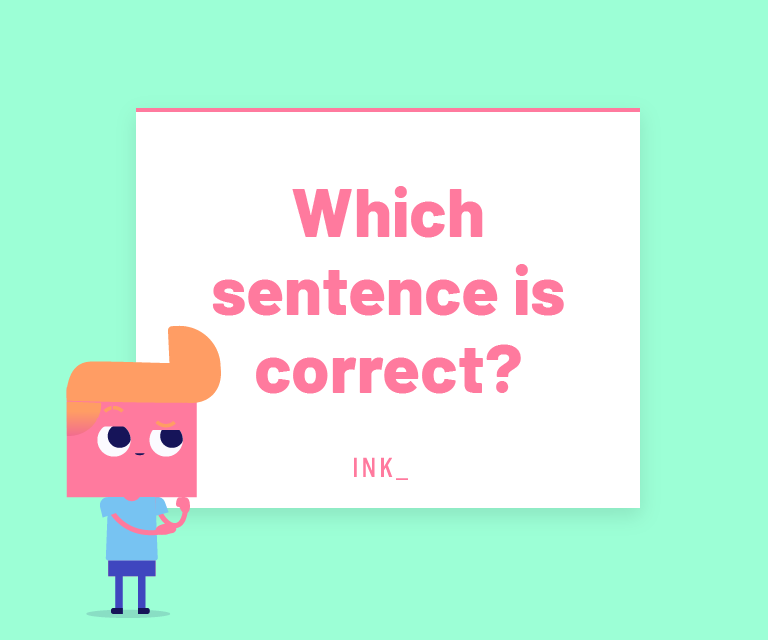

The answer is C. The question tag relates to the entire sentence rather than what’s inside the quotes.
Question Mark Quiz #2
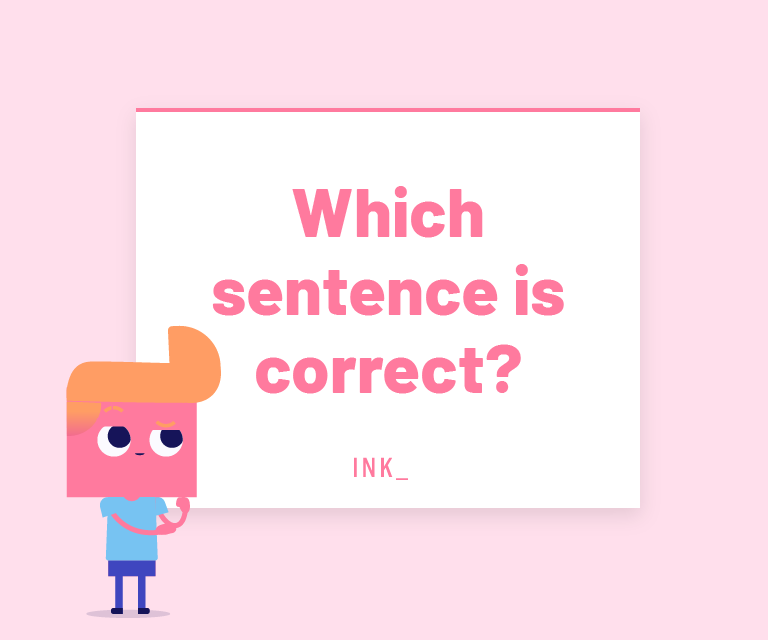

The answer is B. The question tag relates to the sentence inside the quotation marks.
Question Mark Quiz #3
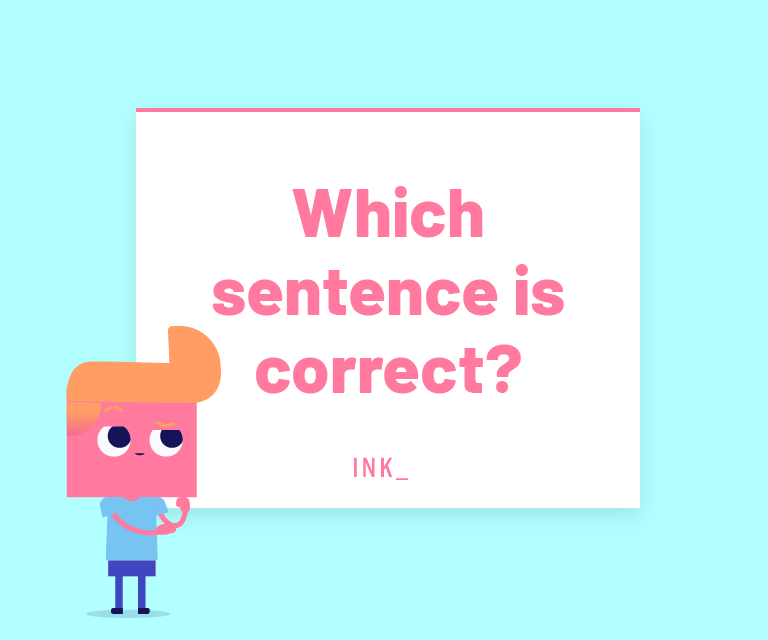

The answer is A. Since the query is within parentheses, the question mark also belongs inside the parentheses.
Question Mark Quiz #4
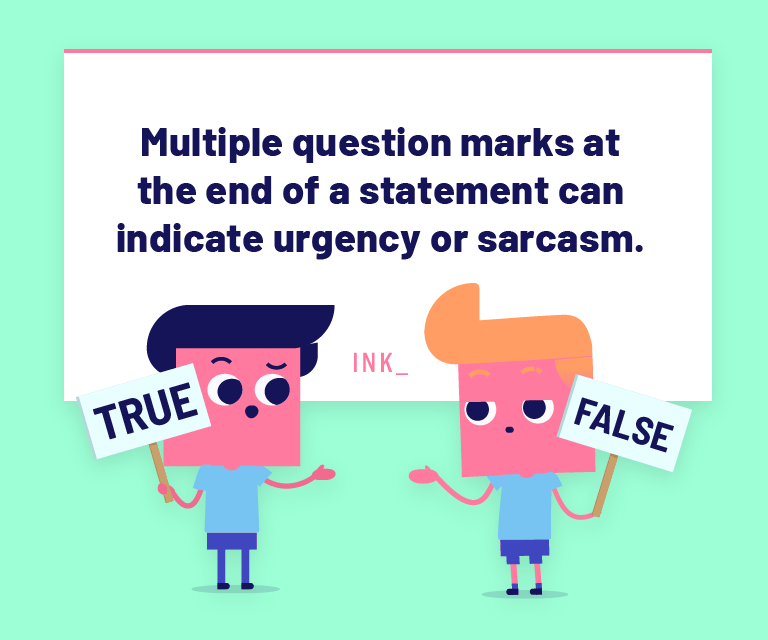

The answer is TRUE. Note that multiple question marks are only ideal for casual correspondence.


